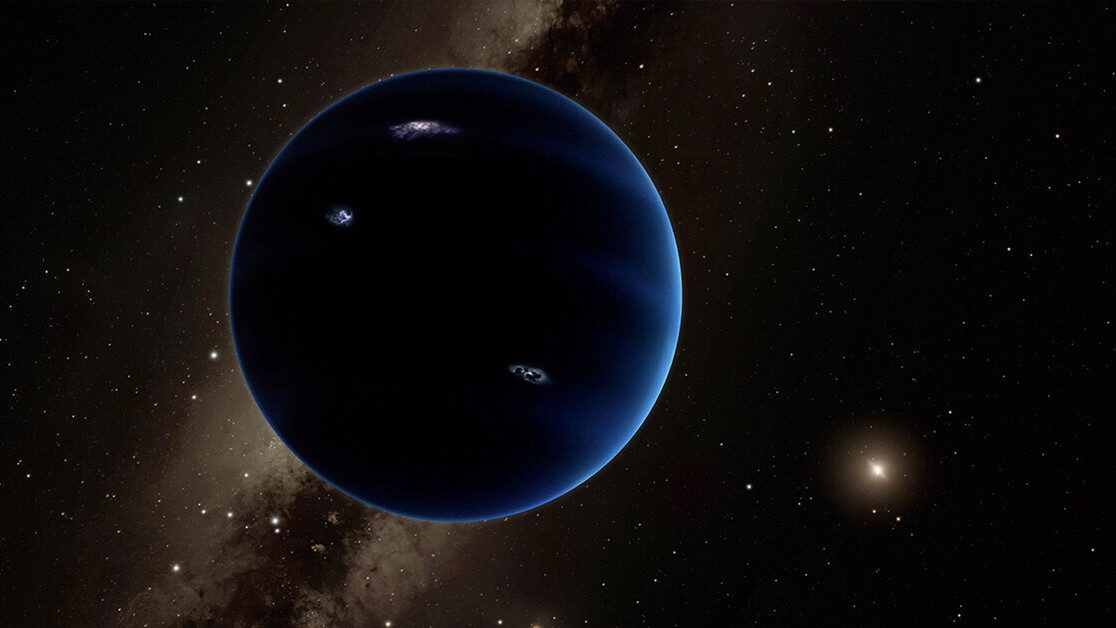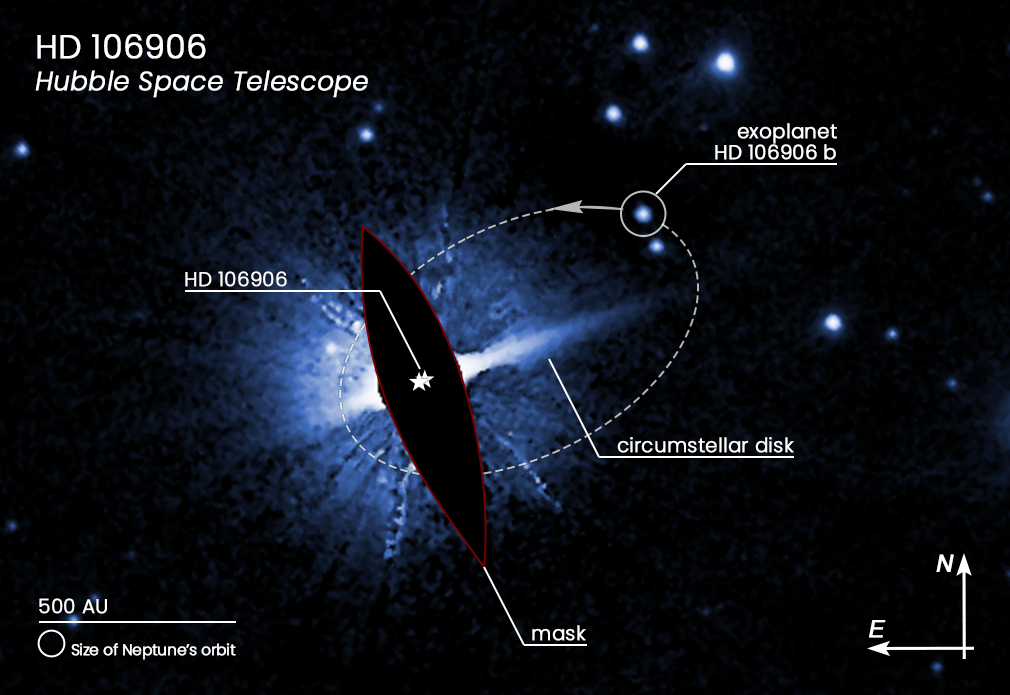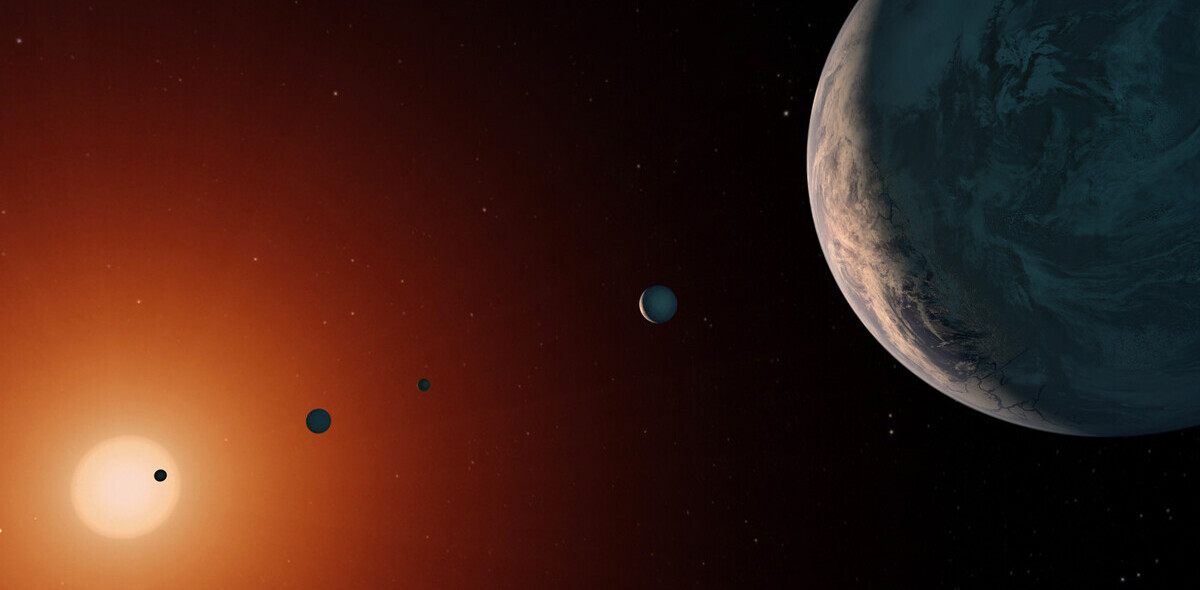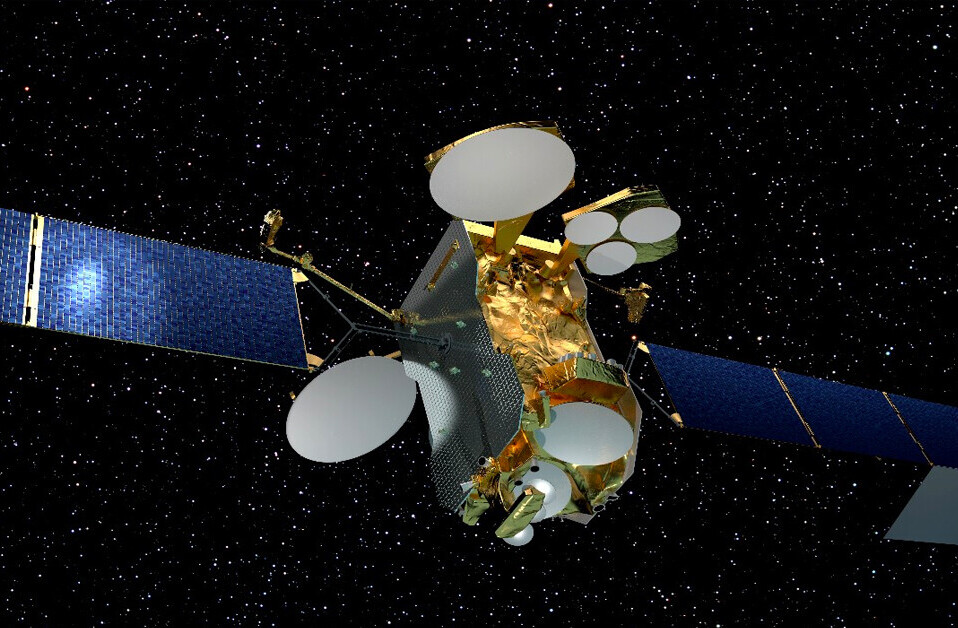When the Hubble Space Telescope set its sights toward the binary star system HD 106906, astronomers found a world that could resemble the long-sought Planet X.
For the first time, astronomers are able to view a massive Jupiter-like world orbiting far from its parent star. The planet is visible orbiting at a distance beyond the debris field surrounding the stellar furnace.
Such a world would resemble the hypothesized Planet X, thought by some astronomers to orbit beyond Neptune in our own solar system. The planetary disk in the HD 106906 system is similar, in some ways, to the Kuiper Belt in our own system.
To ancient Romans, Planet X is Planet Ten!
Beyond the orbit of Neptune, a myriad of bodies, including the dwarf planet Pluto, circle around the Sun in the frigid Kuiper Belt near at the outskirts of the Solar System. Many of these bodies have unusual orbits which seem to betray something unseen in — or just beyond — their midst.
Since 2012, some astronomers and planetary scientists have suggested a large planet, perhaps five to 10 times larger than Earth, might be hidden beyond the distant belt of rocky and icy bodies. Such a world would follow a highly-eccentric orbit around the Sun, making it difficult to find the planet.
In 2013, the planet HD 106906 b was seen by astronomers using the Magellan Telescopes in Chile, orbiting far from its parent star, 336 light-years from Earth. This world is much larger than what is proposed for Planet X (sometimes called Planet Nine) — perhaps 3,500 times the mass of the Earth. However, HD 106906 b offers astronomers a rare chance to study a world so far from its parent star.
Since its discovery, the HD 106906 planetary system has attracted astronomers due to a dense disk of dust surrounding the young star. This system is thought to resemble our own at a time when the planets of our solar system first took shape. Other, new worlds, ripe with possibilities, could now be forming in that distant system.
This planetary system is a mere 15 million years old, and HD 106906 b orbits its sun at a distance 737 times further than the Earth keeps from the Sun. This distant world was first measured traveling along an orbit tilted 21 degrees from the main disk of debris.
Researchers were uncertain whether the planet is a long-term member of the system, or if it will be flung off into space. In 2015, researchers found the outer disk in this system is lopsided, compared to the rest of the disk. This may have been due to a catastrophic event, which might have driven HD 106906 b out to the far-flung reaches of the alien solar system.
“The idea is that every time the planet comes to its closest approach to the binary star, it stirs up the material in the disk. So, every time the planet comes through, it truncates the disk and pushes it up on one side. This scenario has been tested with simulations of this system with the planet on a similar orbit — this was before we knew what the orbit of the planet was,” explained Robert De Rosa of the European Southern Observatory.
However, analysis suggests that any event that would have caused the offset disk would have also flung such a world away from the system. A passing star would have been needed to prevent such a world from becoming a rogue planet, drifting between the stars.
Funny seeing you in this neighborhood
A new study published in The Astronomical Journal examines the position of HD 106906 b over 14 years, finding the planet will remain within the system for the long term.
This presents its own question — how did such a massive world find itself in such an eccentric orbit, so far from its parent star? Did HD 106906 b form in its present far-flung orbit, or did it migrate outward?
“The prevailing theory is that it formed much closer to its stars, about three times the distance that the Earth is from the Sun. But drag within the system’s gas disk caused the planet’s orbit to decay, forcing it to migrate inward toward its stellar pair. The gravitational effects from the whirling twin stars then kicked it out onto an eccentric orbit that almost threw it out of the system and into the void of interstellar space. Then a passing star from outside the system stabilized the exoplanet’s orbit and prevented it from leaving its home system,” the Hubble team describes.
Analysis of HD 106906 reveals that massive worlds like this might form in far-flung orbits when nascent solar systems are still forming. Passing stars could also play a significant role in the evolution of the massive, frozen worlds.
“Something happens very early that starts kicking planets and comets outward, and then you have passing stars that stabilize their orbits. We are slowly accumulating the evidence needed to understand the diversity of extrasolar planets and how that relates to the puzzling aspects of our own solar system,” Meiji Nguyen, a recent graduate of UC Berkeley, explains.
If a Planet Nine exists within our own Kuiper Belt, it may have arrived in the outer reaches of the Solar System after being flung out there by the undisputed king of the solar system, Jupiter. Once there, a passing star may have stabilized its orbit within the Kuiper Belt.
Long ago, and star away
Dr. Paul Kalas of UC Berkeley and De Rosa began a search for a star that may have passed by the HD 106906 system, stabilizing the massive world in its distant orbit. The team found several stars who may have played this crucial role.
This information, combined with orbital data from 2004 to 2018, led the team to determine that HD 106906 is likely in a stable, if highly elliptical, orbit.
The Hubble Space Telescope is able to image this far-flung exoplanet, but to do so, astronomers must block out light from the star itself, preventing astronomers from precisely measuring the distance between the star and planet. However, using star positioning data from the European Space Agency’s Gaia spacecraft, the team was able to accurately measure the distance between the two bodies.
“We achieve high astrometric precision by cross-registering the locations of background stars with the Gaia astrometric catalog, providing the subpixel location of HD 106906 that is either saturated or obscured by coronagraphic optical elements,” researchers describe in an article published in The Astronomical Journal.
This remarkable finding was made from just 15 years of data following a planet with an orbit lasting 15,000 years. The study also reveals that HD 106906 is tilted more than initially believed — between 36 and 44 degrees to the planetary disk.
“To highlight why this is weird, we can just look at our own Solar System and see that all the planets lie roughly in the same plane. It would be bizarre if, say, Jupiter just happened to be inclined 30 degrees relative to the plane that every other planet orbits in. This raises all sorts of questions about how HD 106906 b ended up so far out on such an inclined orbit,” Nguyen explains.
Much like the proposed Planet Nine in our own solar system, HD 106906 would never come close enough to its parent star to affect any planets in its inner solar system.
“What I really think makes HD 106906 unique is that it is the only exoplanet that we know that is directly imaged, surrounded by a debris disk, misaligned relative to its system, and is widely separated. This is what makes it the sole candidate we have found thus far whose orbit is analogous to the hypothetical Planet Nine,” Nguyen said.
Although the pull of an unseen planet could explain the unusual movement of objects in the Kuiper Belt, other possibilities exist. Instead of one large planet, it may be possible that several smaller bodies may be responsible. Another idea is that these movements are simply the result of a statistical anomaly.
In the coming years, astronomers will study HD 106906 using the James Webb Space Telescope, the successor to Hubble.
While the search for Planet X continues in our own solar system, this study of HD 106906 b might give us a preview of an unseen world in our own solar system.
This article was originally published on The Cosmic Companion by James Maynard, founder and publisher of The Cosmic Companion. He is a New England native turned desert rat in Tucson, where he lives with his lovely wife, Nicole, and Max the Cat. You can read this original piece here.
Astronomy News with The Cosmic Companion is also available as a weekly podcast, carried on all major podcast providers. Tune in every Tuesday for updates on the latest astronomy news, and interviews with astronomers and other researchers working to uncover the nature of the Universe.
Get the TNW newsletter
Get the most important tech news in your inbox each week.










